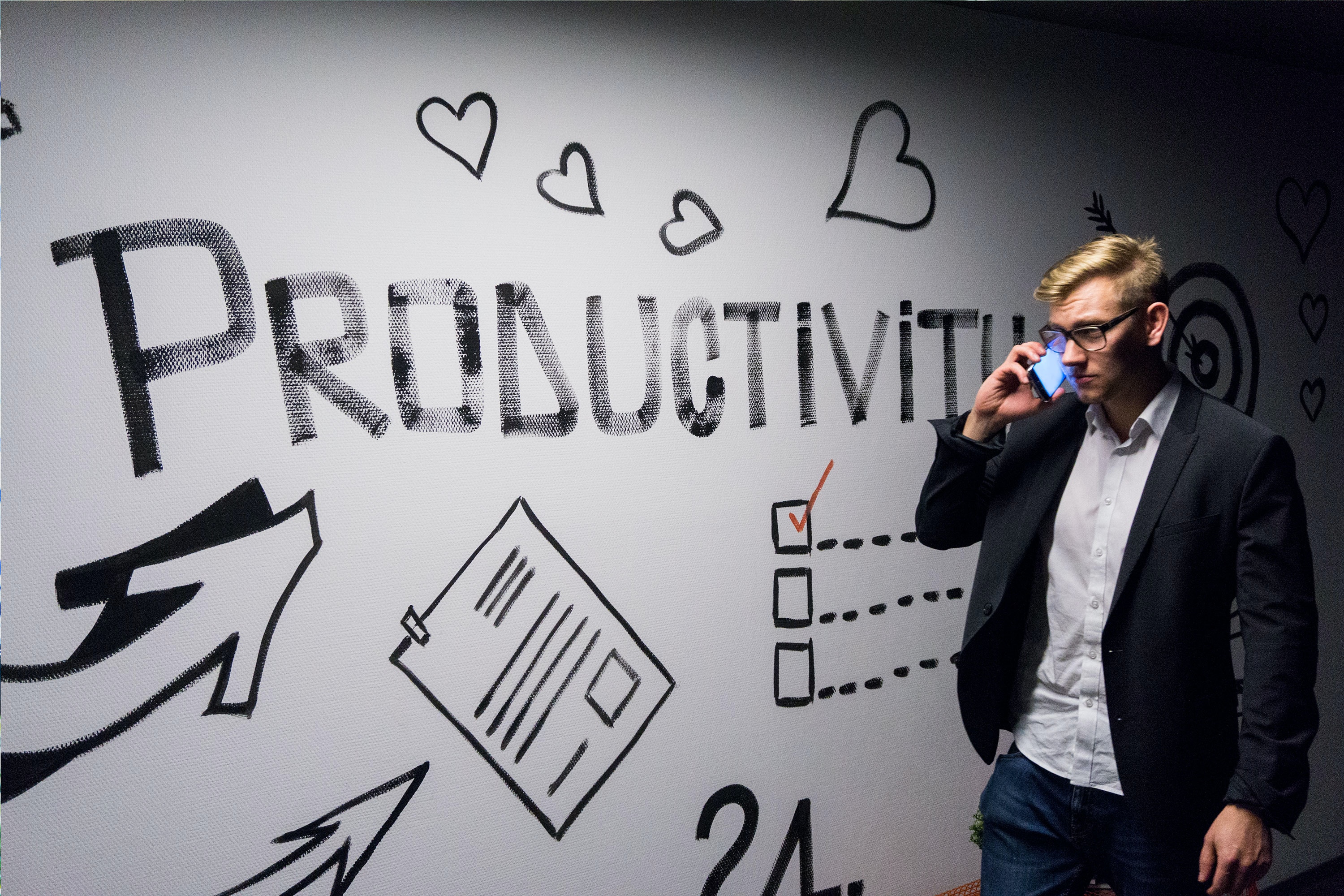The Future of Work: How Technology is Changing the Workplace
Technology continues to reshape the workplace, driving significant transformations in how businesses operate, employees collaborate, and tasks are performed. From automation and artificial intelligence (AI) to remote work and digital connectivity, these advancements are revolutionizing the future of work in profound ways. Here’s an in-depth exploration of how technology is changing the workplace:
1. Automation and Artificial Intelligence
Efficiency and Productivity: Automation of routine tasks through AI and machine learning boosts operational efficiency, reduces errors, and accelerates workflows.
Job Evolution: While some roles may be replaced by automation, new opportunities emerge in designing, managing, and optimizing automated systems.
Skill Enhancement: Employees need to acquire skills in data analysis, programming, and AI management to remain competitive in an increasingly automated workforce.
2. Remote Work and Digital Connectivity
Flexible Work Arrangements: Remote work facilitated by digital tools and communication platforms enables flexibility, work-life balance, and access to global talent pools.
Virtual Collaboration: Cloud computing, video conferencing, and project management tools support seamless collaboration among distributed teams, transcending geographical boundaries.
Challenges and Opportunities: Remote work requires robust cybersecurity measures, effective communication strategies, and policies that prioritize employee well-being and engagement.
3. Augmented Reality (AR) and Virtual Reality (VR)
Training and Simulation: AR and VR technologies enhance employee training through immersive simulations, improving learning retention and skill acquisition.
Remote Assistance: AR enables real-time remote support for field technicians and service personnel, reducing downtime and enhancing customer service.
Applications in Design and Prototyping: VR facilitates virtual product design, prototyping, and visualization, accelerating innovation cycles and reducing time to market.
4. Data Analytics and Decision-Making
Predictive Analytics: Big data analytics and AI-driven insights enable data-driven decision-making, forecasting market trends, and optimizing business strategies.
Personalization: Customer data analytics enhance personalized marketing strategies, customer service experiences, and product recommendations.
Ethical Considerations: Data privacy, transparency, and ethical use of AI algorithms are critical in maintaining trust and regulatory compliance.
5. Skill Development and Lifelong Learning
Continuous Learning: Rapid technological advancements require employees to engage in lifelong learning, upskilling in digital literacy, cybersecurity, and emerging technologies.
Microlearning: Bite-sized learning modules and online courses cater to flexible learning schedules and personalized skill development paths.
Employer Responsibility: Organizations play a pivotal role in fostering a culture of learning, providing training opportunities, and supporting career progression for employees.
6. Workplace Transformation and Culture
Agile Work Environments: Agile methodologies and flexible workspaces promote innovation, collaboration, and adaptability in response to changing market dynamics.
Diversity and Inclusion: Virtual workplaces foster diversity by enabling access for underrepresented groups and promoting inclusive practices across global teams.
Employee Well-being: Technology should support employee well-being through tools that mitigate digital fatigue, promote work-life balance, and prioritize mental health.
Conclusion
The future of work is shaped by rapid technological advancements that revolutionize how businesses operate and employees interact within the workplace. Embracing automation, AI, remote work, and digital connectivity offers opportunities to enhance productivity, agility, and innovation. However, this evolution necessitates proactive management of challenges such as cybersecurity threats, skills gaps, and ethical considerations surrounding data use. By investing in workforce development, fostering a culture of continuous learning, and leveraging technology responsibly, organizations can navigate the evolving landscape of work and harness its full potential for sustainable growth and competitive advantage in the global economy.
















